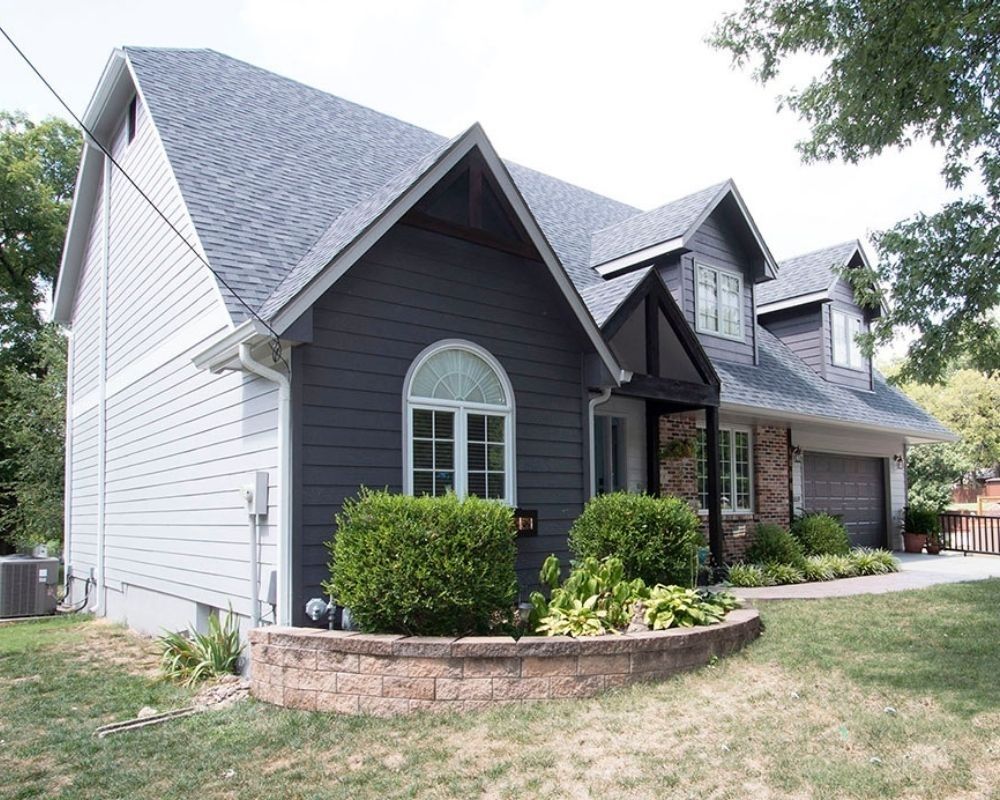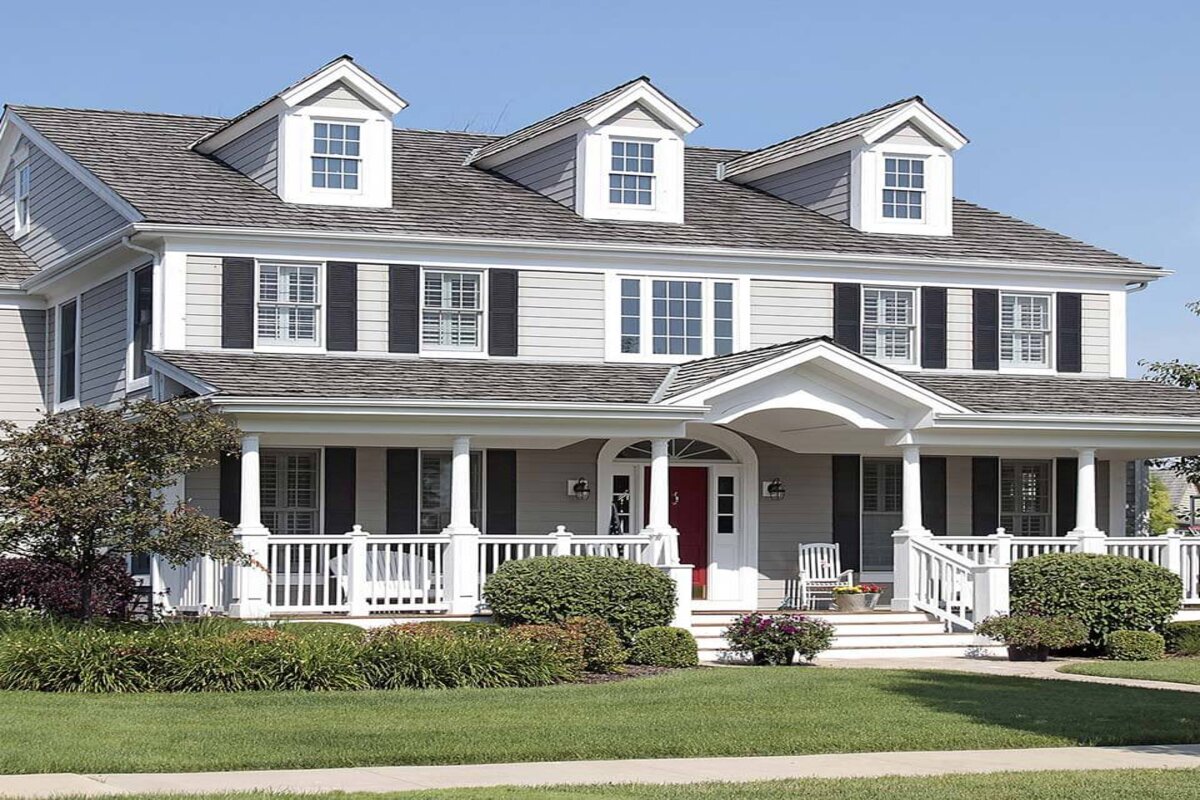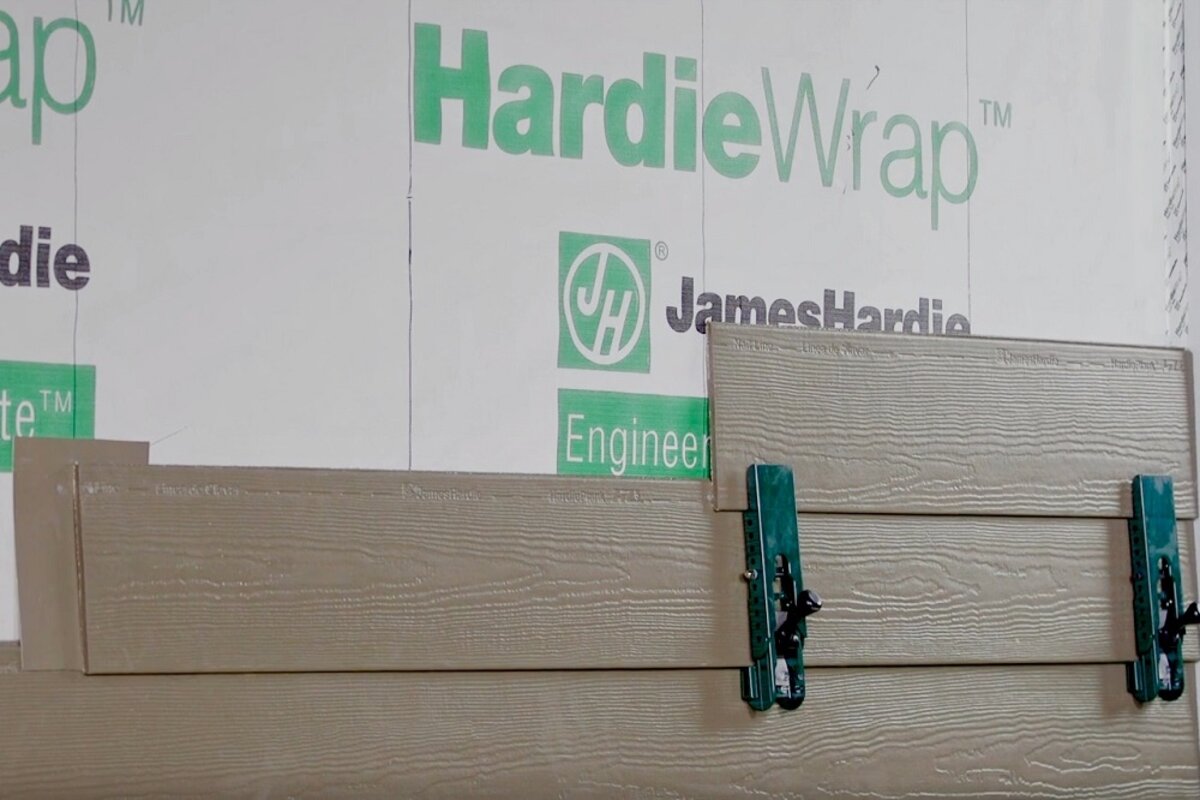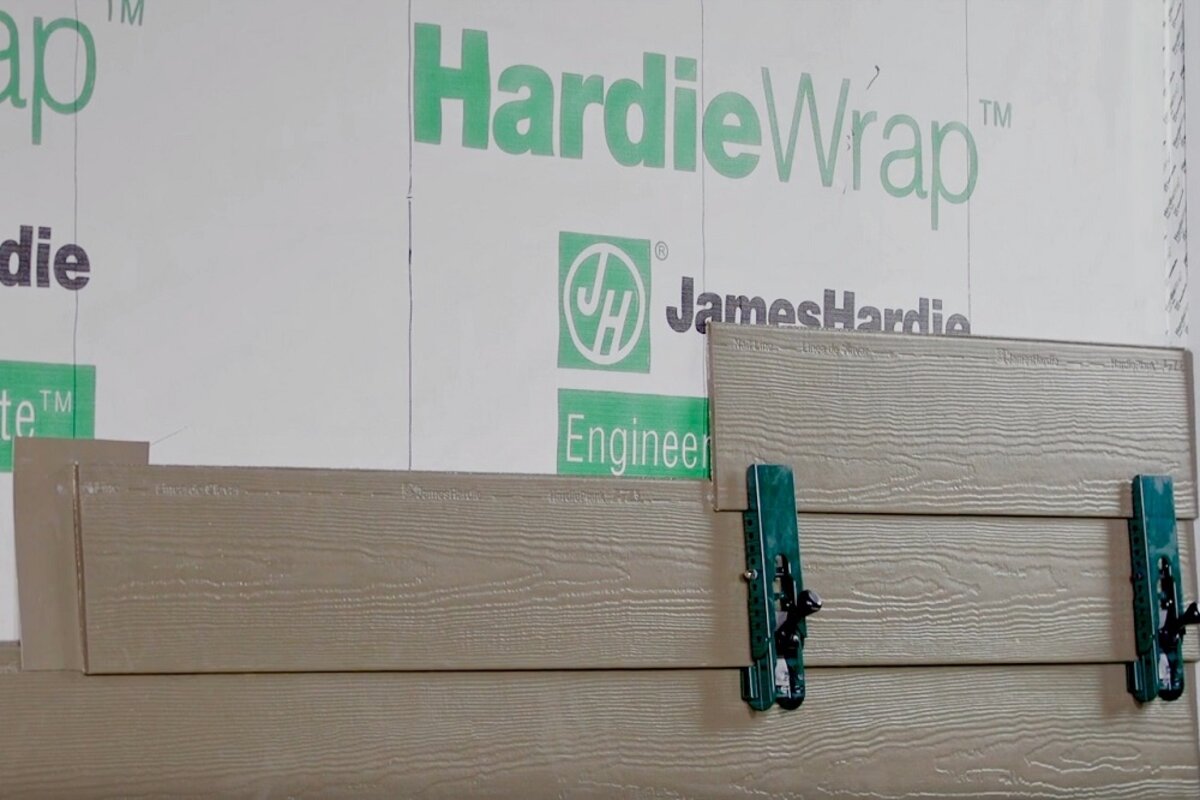Siding replacement is a major home improvement that not only enhances your home’s appearance but also boosts its protection and energy efficiency. But when is the best time to tackle this project? While siding can technically be replaced in any season, the time of year you choose can have a big impact on everything from the installation process to potential cost savings. Let’s explore what factors to consider when planning your siding replacement for the best results.
Is There Really a Best Time of Year to Replace Siding?
Many homeowners ask us if there’s an ideal time of year to replace siding. The simple answer is that siding can be installed year-round, depending on what works best for you and your specific circumstances. We lose only about four weeks each year due to weather, typically from rain or extreme cold. However, understanding the potential advantages and challenges of each season can help you determine the most convenient time for your siding replacement.
Weather Considerations for Siding Installation
Weather is often the first factor that comes to mind when planning a siding project. Here’s a breakdown of how each season impacts the installation process:
- Winter: While we work through most of the winter, we do pause installations when temperatures drop below 25 degrees. Generally, we lose about two to three weeks during the winter months. The colder weather can slow down the process slightly, as shorter days limit our working hours.
- Spring and Fall: These seasons often provide the most favorable conditions for siding installation. Temperatures are moderate, and there’s less chance of extreme weather. However, if your garden is in full bloom, you might want to wait until later in the fall to avoid damaging plants, especially if lead paint mitigation is involved. If we need to use plastic sheeting for lead-safe practices, the summer heat can cause the plastic to act like a microwave, potentially harming your plants.
- Summer: We work through the summer, but considerations like your family’s lifestyle or the presence of a pool may influence your decision. High temperatures can also make it uncomfortable for both workers and homeowners, though the longer daylight hours allow us to finish jobs more quickly.
Impact of Siding Installation on Your Home Life
When planning your siding replacement, it’s essential to think about how the project will affect your day-to-day life. Siding installation is a loud process, particularly during the first two days of demo work. If you have young children or sensitive pets, you might want to arrange for them to be elsewhere during the noisiest part of the job. For example, when we did my own house, my wife took our two young kids away for the first couple of days because the noise disrupted their naps. After the initial phase, they were able to nap just fine.
Additionally, if your children are home during the summer, consider whether you’d prefer to schedule the work while they’re in school to minimize disruptions. On the other hand, if you have a home office, you might opt for a time when you can work remotely or schedule meetings outside the house.
Price Increases and Timing
Another important consideration is the potential for price increases. Companies like James Hardie and other siding manufacturers typically raise their prices twice a year—once in October and again on January 1st. If you’re thinking about replacing your siding, it might be wise to decide before these price hikes. Scheduling your project in August or September could save you money compared to waiting until February.
Timeframe for Siding Installation
The time of year you choose to replace your siding will directly impact how long the job takes. During the summer, we can often work 12-hour days, which means we can complete a job in as little as five to seven days. In the winter, shorter days reduce our working hours, so the same job could take three to four additional days.
Weather conditions play a significant role in this, as well. For example, in July and August, we can work from 7:30 AM to 7:30 PM, but in December or February, we might only be able to work from 8:30 AM to 5 PM. This loss of working hours adds extra days to the project. Moreover, we do not work in the rain because wet conditions could damage the materials or lead to water getting inside your house.
In Summary: When is the Best Time to Replace Siding?
Ultimately, the best time to replace your siding depends on your specific needs and circumstances. Whether it’s avoiding damage to your garden, minimizing disruptions to your family life, or taking advantage of favorable weather, the decision is personal. However, don’t forget the potential for price increases—acting sooner rather than later could save you money.
If you’re ready to move forward or need more advice, contact us to discuss your siding project in detail.








